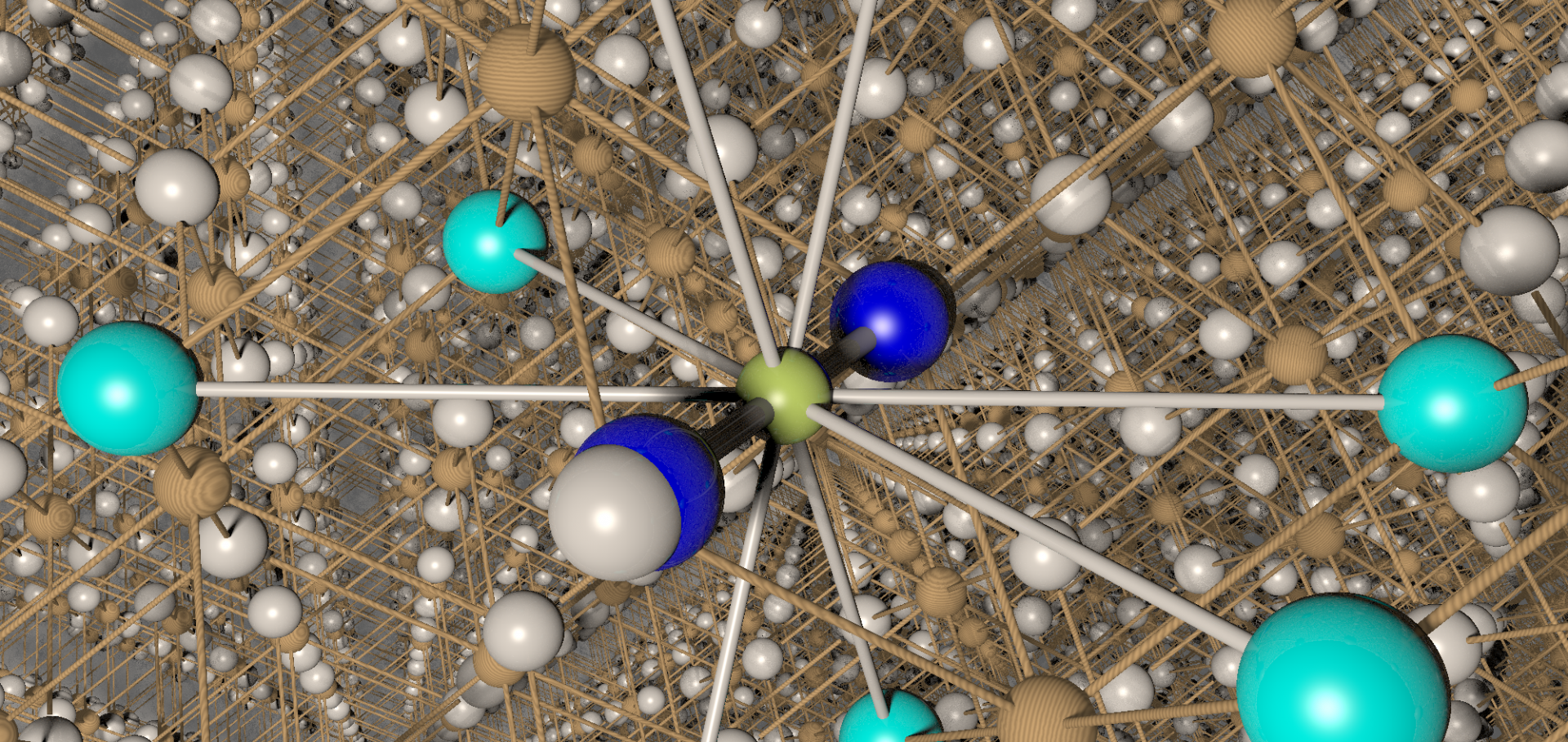ChemInform Abstract: Giant Magnetic Hardness in the Synthetic Mineral Ferrimagnet K2Co3II(OH)2 (SO4)3(H2O)2.
ChemInform Wiley 41:38 (2010) no-no
An analytical treatment of in-plane magnetotransport in the Falicov-Sievert model
(2010)
Observing the Night Sky with Binoculars, by S.J. O'Meara
Contemporary Physics Taylor & Francis 51:5 (2010) 465-465
Analytical treatment of in-plane magnetotransport in the falicov-sievert model
Physical Review B - Condensed Matter and Materials Physics 82:7 (2010)
Abstract:
We derive an analytical expression which allows efficient computation of the effect of all the Fermi-surface trajectories induced by a combination of Bragg scattering and magnetic breakdown on the in-plane components of the resistivity tensor. The particular network of coupled orbits which we consider was first formulated by Falicov and Sievert, who studied the problem numerically. Our approach, based upon a method used previously to derive an analytical solution for interlayer transport, allows us to show that the conductivity tensor can be written as a sum of a matrix representing the effect of total magnetic breakdown and one representing a combination of complex electronic trajectories, and we find a compact expression for the in-plane components of the resistivity tensor that can be evaluated straightforwardly. © 2010 The American Physical Society.Compositional control of the superconducting properties of LiFeAs.
J Am Chem Soc 132:30 (2010) 10467-10476


